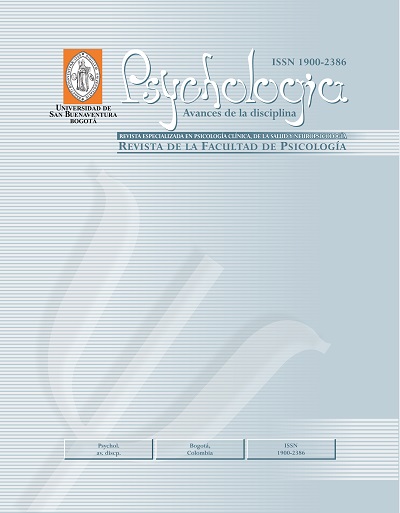This journal provides open, immediate access to its contents, based on the principle that offering the public free access to research helps to promote a higher global exchange of knowledge.
As such, all journal articles are published under a Creative Commons Attribution-NonCommercial-ShareAlike 4.0 International License (CC BY-NC-SA), by which commercial use of the original work or its possible derived works is not allowed, and the distribution thereof must be done with the same license elements regulating the original work.
http://creativecommons.org/licenses/by-nc-sa/4.0/
Abstract
The transdiagnostic models of anxiety, depression and somatization problems have had evidence for variables such as cognitive rumination and negative affect, however, the differential associations between these two variables in the psychopathological explanation, still need to be investigated. The aim was to analyze the relationship between cognitive rumination according to the two dimensions: brooding and reflection, with negative affect and depressive, anxious, and psychosomatic internalizing psychopathological symptoms. A quantitative research was carried out with an explanatory cross-sectional design in which a structural network of relationships between constructs was defined by a path diagram and structural equations. There was a final sample of 640 people with a mean age of 31.07 years (SD = 11.27). The results indicated significant partial and zero-order correlations between transdiagnostic and internalizing symptomatic variables, using an adjusted model that allowed explaining these problems in 74% from cognitive rumination, and the partial mediating function of negative affect. In depressive and anxious symptoms, they were partially mediated by the negative affect, while the somatization measure obtained a significant regression coefficient with the negative affect as an independent predictor. These results contribute to the understanding of the interaction of rumination and affect in the appearance of differential internalizing symptoms. It was recommended to have a clinical sample that would help to more accurately identify the explained variance of the obtained model, as well as favor the current and available transdiagnostic treatments.

 Perfil Google Scholar
Perfil Google Scholar




















